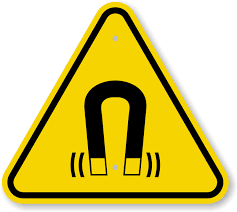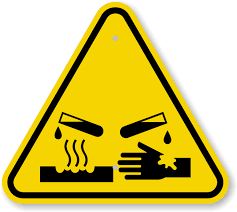Anything that takes up space and has mass
matter
a series of steps used to solve a problem or answer a question?
scientific method
an explanation of why something happens why limited.
hypothesis
“father of science” for his ideas about the natural world. He proposed that natural events such as lightning and earthquakes have natural causes.
Thales
is the study of matter and energy.
physical science
What device is used to measure mass?
triple beam balance
balance
scale
a way of learning about the natural world that is based on evidence and logic.
science
process of drawing general conclusions based on many clues, or pieces of evidence.
inductive reasoning

strong magnetic field
Persian scientist WHO introduced the scientific method and experimentation in chemistry.
GERBER
is the application of science to solve problems.
technology
The measurement system used by most scientists and engineers
The international systems of Units
measurements
(SI)
an explanation of what will happen in specific circumstances EVERY TIME.
scientific law
a broad explanation of why or how something works based on a lot of evidence.
scientific theory
Name 3 safety rules to follow in a lab
- Wear long sleeves and shoes that completely cover your feet.
- If your hair is long, tie it back or cover it with a hair net.
- Protect your eyes, skin, and clothing by wearing safety goggles, an apron, and gloves.
- Use hot mitts to handle hot objects.
- Never work in the lab alone.
- Never engage in horseplay in the lab.
- Never eat or drink in the lab.
Italian scientist WHO greatly improved the telescope, which had just been invented, and made many important discoveries in the field of astronomy.
Galileo
a decision that involves weighing right and wrong in order to make the best choice.
ethics
measurement is how close the measurement is to the true value
accuracy
What particles make up an atom
electrons
protons
neutrons
 what is this sign and what can we do in the lab to help prevent it ?
what is this sign and what can we do in the lab to help prevent it ?
corrosive material
wear long sleeve shirt, fully clothed, rinse
no horseplay and follow instructions
Name 4 out of the 7 steps in the scientific method
ask a question
research
Form a hypothesis
Test the hypothesis through an experiment or observation
analyze data
draw a conclusion
share and communicate results
made the first convincing arguments that the sun—not Earth—is the center of what we now call the solar system.
Copernicus
Getting the same result when an experiment is repeated is called
replication
measurements is how close they are to each other. If you make the same measurement twice, the answers are or at least very close to one another.
precise
What two particles are in the nucleus and make up the atomic weight
protons and nucleus
Most vulnerable part of the body while in the lab?
The eyes
states that, when choosing between competing theories, you should select the theory that makes the fewest assumptions.
law of parsimony
WHO-thought that truth about the natural world could come only from observations of nature and inductive reasoning. He argued that knowledge of nature must be based on evidence and logic. This idea is called empiricism, and it is the basis of science today.
Aristotle
What is 1,500,000,000 in scientific notation?
1.5X109
What is 1.5 kilograms in grams
1,500 grams